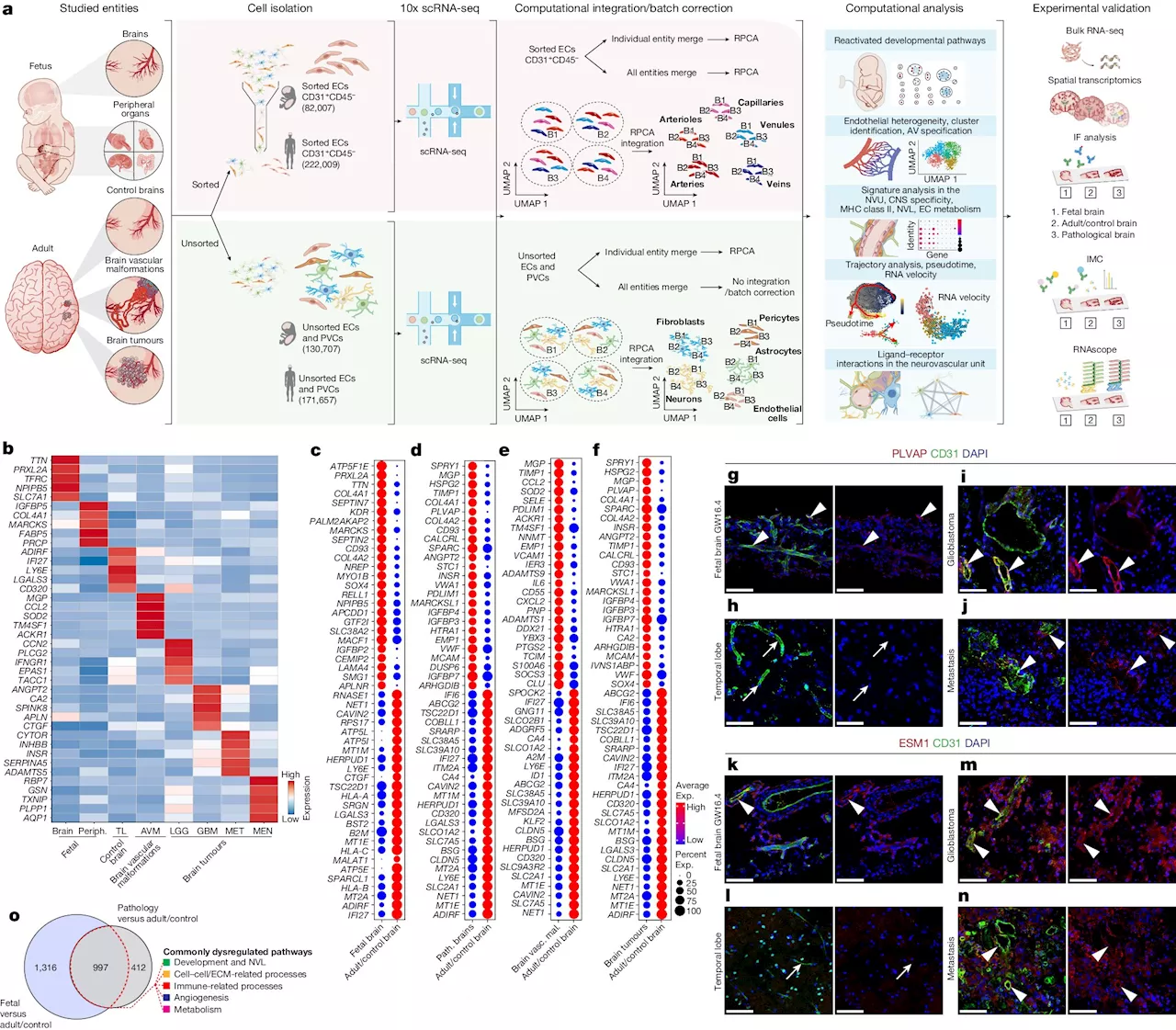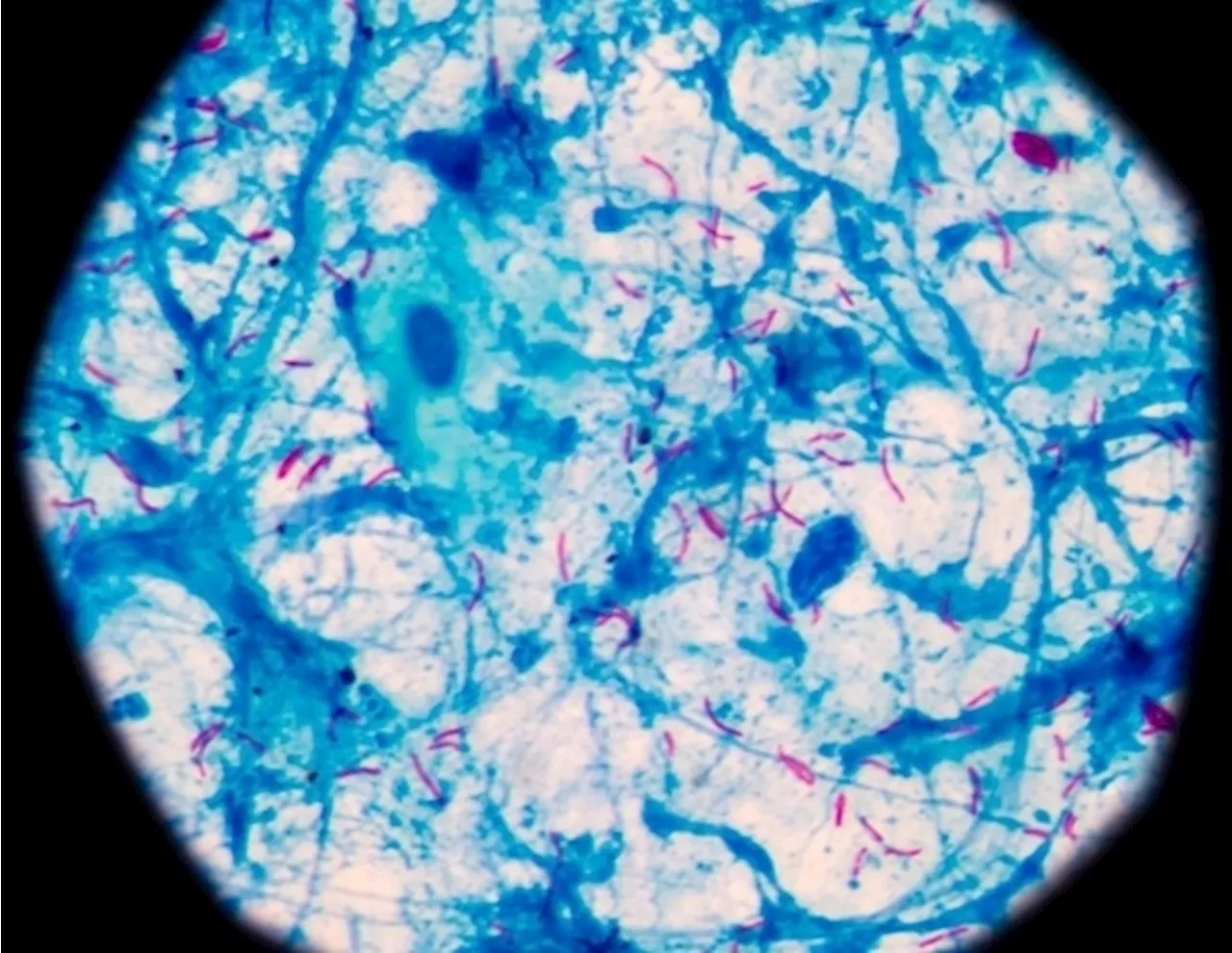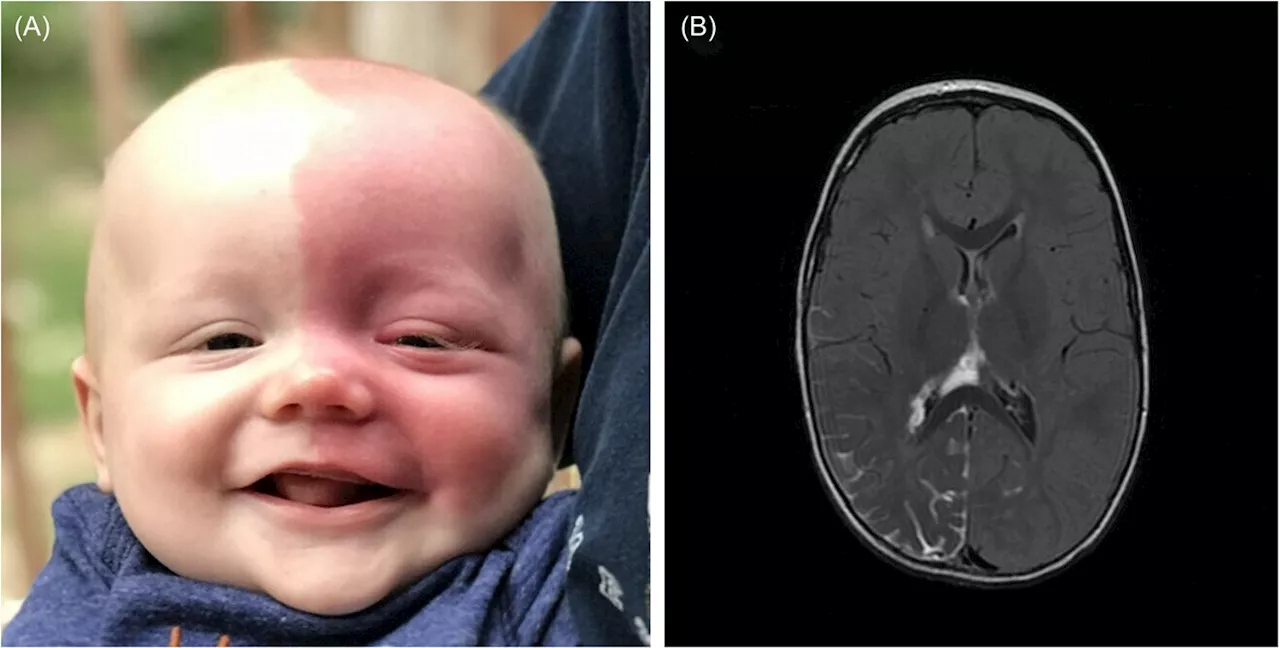Researchers at Phoenix's Barrow Neurological Institute and the University of Pittsburgh have created a vast interactive atlas that may eventually help doctors use precision medicine to target treatments for traumatic brain injury (TBI) patients – and could replace the existing uniform treatment model.
Dignity Health ArizonaJul 16 2024 Research ers at Phoenix's Barrow Neurological Institute and the University of Pittsburgh have created a vast interactive atlas that may eventually help doctors use precision medicine to target treatments for traumatic brain injury patients – and could replace the existing uniform treatment model. The study was published this week by Cell Press.
All of the clinical trials over the past several decades testing different therapies have failed to show benefit. In large part this might be because of a 'one size fits all' approach to management – when really each patient, indeed each cell, is different." A TBI happens externally, but within the brain a cascade of internal responses occurs at the molecular level. These responses are important for repair and regeneration of the brain, but they also trigger secondary responses such as seizures, neuroinflammation and neurodegeneration. The atlas will help physicians target TBIs at the molecular level, potentially improving treatment outcomes.
Traumatic Brain Injury Alzheimer's Disease Cell Critical Care Medicine Ph Precision Medicine Research Stroke
United Kingdom Latest News, United Kingdom Headlines
Similar News:You can also read news stories similar to this one that we have collected from other news sources.
 Penn researchers aim to uncover the underlying biological mechanisms of TBI-related neurodegenerationA team of researchers led by Penn Medicine will investigate the link between traumatic brain injuries (TBI) and Alzheimer's disease and related dementias (ADRD) over the next five years with a $10 million grant from the National Institute of Neurological Disorders and Stroke (NINDS).
Penn researchers aim to uncover the underlying biological mechanisms of TBI-related neurodegenerationA team of researchers led by Penn Medicine will investigate the link between traumatic brain injuries (TBI) and Alzheimer's disease and related dementias (ADRD) over the next five years with a $10 million grant from the National Institute of Neurological Disorders and Stroke (NINDS).
Read more »
 Researchers build first-ever molecular atlas of blood vessel pathways in human brainAn international consortium of researchers led by University Health Network (UHN) in Toronto and University of Zurich have built the first-ever molecular atlas of the human brain vasculature at single-cell resolution, spanning from early development to adulthood and through disease stages such as brain tumors and brain vascular malformations.
Researchers build first-ever molecular atlas of blood vessel pathways in human brainAn international consortium of researchers led by University Health Network (UHN) in Toronto and University of Zurich have built the first-ever molecular atlas of the human brain vasculature at single-cell resolution, spanning from early development to adulthood and through disease stages such as brain tumors and brain vascular malformations.
Read more »
 Researchers develop a more accurate way to scan for tuberculosis using PETA more accurate way to scan for tuberculosis (TB) has been developed by UK and US researchers, using positron emission tomography (PET).
Researchers develop a more accurate way to scan for tuberculosis using PETA more accurate way to scan for tuberculosis (TB) has been developed by UK and US researchers, using positron emission tomography (PET).
Read more »
 Researchers aim to prevent seizures in Sturge-Weber syndromePort wine stains—capillary malformations on the skin—are the most visible manifestation of Sturge-Weber syndrome. However, up to 60% of babies with birthmarks in high-risk locations (forehead and upper eyelid) also have capillary malformations in their brain.
Researchers aim to prevent seizures in Sturge-Weber syndromePort wine stains—capillary malformations on the skin—are the most visible manifestation of Sturge-Weber syndrome. However, up to 60% of babies with birthmarks in high-risk locations (forehead and upper eyelid) also have capillary malformations in their brain.
Read more »
 Tremor treatment: Researchers develop robotic therapy that improves daily activitiesTremors, or involuntary rhythmic movements, severely impair an individual's ability to perform everyday tasks, reducing their quality of life and independence. In neurological rehabilitation, finding effective treatments is a key goal, and tremor rehabilitation is particularly complex.
Tremor treatment: Researchers develop robotic therapy that improves daily activitiesTremors, or involuntary rhythmic movements, severely impair an individual's ability to perform everyday tasks, reducing their quality of life and independence. In neurological rehabilitation, finding effective treatments is a key goal, and tremor rehabilitation is particularly complex.
Read more »
 Lewis Hamilton confident he’s “cracked” F1 qualifying woes after Barcelona breakthrough“Time will tell. I think we’ve cracked something. Now it’s trying to build on it.”
Lewis Hamilton confident he’s “cracked” F1 qualifying woes after Barcelona breakthrough“Time will tell. I think we’ve cracked something. Now it’s trying to build on it.”
Read more »
